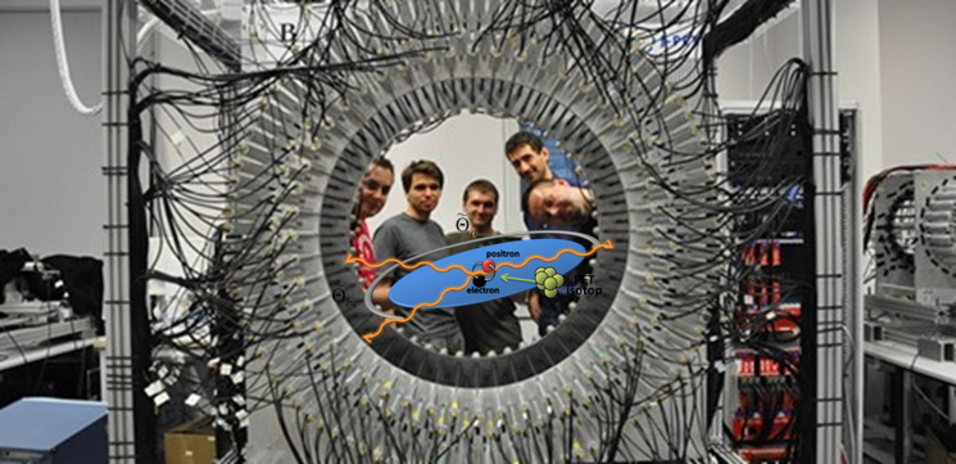In the recent Scientific Report contribution it is shown that the three-photon state with respect to the polarisation degrees of freedom depends on the angles between the photons and exhibits various specific entanglement features. In particular, genuine multipartite entanglement, a type of entanglement involving all degrees of freedom, is subsistent if the positronium was in a definite spin eigenstate. Remarkably, when all spin eigenstates of positronium are mixed equally, entanglement –and even stronger genuine multipartite entanglement– survives. Due to a “symmetrization” process, however, genuine multipartite Dicke-type or W-type entanglement remains whereas GHZ-type entanglement vanishes. The survival of particular entanglement properties in the mixing scenario allows for extracting quantum information of the positronium's environment. In other studies (see publication list) we have shown that, e.g., the lifetime of ortho-positronium (the one decaying in three photons) is greater for cancerous tissues than for healthy tissues from the same patient.
Genuine Multipartite Entanglement in Positronium-A Potential Quantum Sensor For Detecting Cancer

